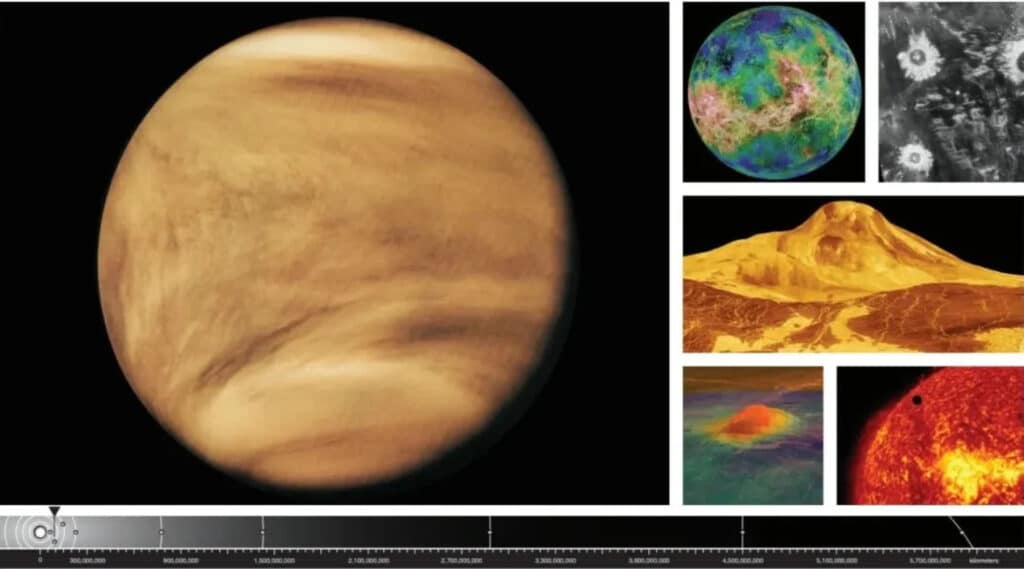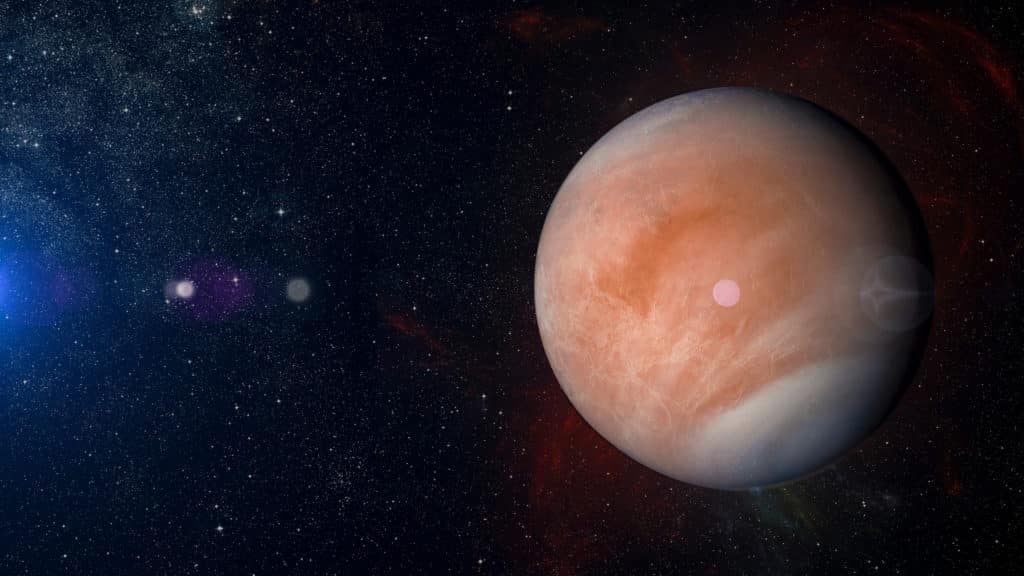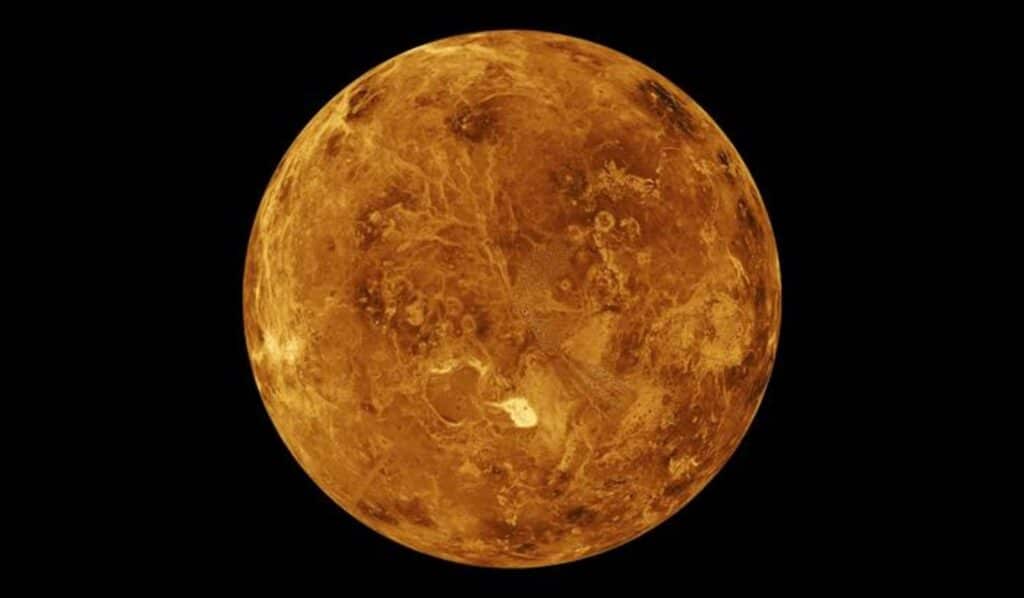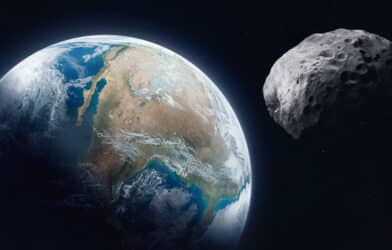Does searing-hot, toxic-atmosphered Venus hold the key to finding life in the universe? Scientists from the University of California-Riverside believe so. While it might seem like an unlikely place to teach us about life-friendly environments, a study published in the journal Nature Astronomy argues that Venus is actually a critical piece of the habitability puzzle.
In the study, a team of planetary scientists and astrobiologists make the case for why Venus is an essential “anchor point” in our quest to understand what makes a planet habitable. They point out that while Earth has maintained a relatively stable, temperate climate for billions of years, Venus — despite being similar in size and composition — has turned into a hellish pressure cooker with a runaway greenhouse effect.

“We often assume that Earth is the model of habitability, but if you consider this planet in isolation, we don’t know where the boundaries and limitations are,” says study first author Stephen Kane, astrophysicist at UC Riverside astrophysicist, in a media release. “Venus gives us that.”
So what caused these two planetary twins to take such radically different paths? That’s the multi-billion dollar question, and one that could help us determine the likelihood of finding Earth-like worlds versus Venus-like worlds around other stars.
One key factor is the amount of starlight each planet receives. Venus, being closer to the Sun, gets nearly twice as much solar radiation as Earth. This extra energy could have pushed Venus over the edge, causing the planet to trap more and more heat until its oceans completely evaporated. The water vapor, a potent greenhouse gas, then got broken apart by sunlight, allowing the hydrogen to escape to space. This would have left Venus with a thick, dry atmosphere dominated by carbon dioxide — just like we see today.
“If you consider the solar energy received by Earth as 100 percent, Venus collects 191 percent. A lot of people think that’s why Venus turned out differently,” explains Kane. “But hold on a second. Venus doesn’t have a moon, which is what gives Earth things like ocean tides and influenced the amount of water here.”
However, scientists note that solar energy isn’t the only thing that matters for habitability. Planetary characteristics like size, composition, volcanism, and even the presence or absence of plate tectonics can influence whether a world can regulate its climate over long timescales.
For example, Earth’s carbonate-silicate cycle helps stabilize our climate by drawing down CO2 from the atmosphere and sequestering it in rocks. This process requires liquid water and may be enhanced by plate tectonics, which recycles those rocks (and the carbon inside them) back into the Earth’s interior. It’s still unknown whether Venus ever had plate tectonics or how much water it started with, but answering those questions could help explain why the planet is now so inhospitable.
Researchers propose a two-pronged approach to better understand Venus’ evolution and its implications for habitability. First, we need more missions to study Venus up close and collect data on things like atmospheric composition, volcanic activity, and the planet’s internal structure and dynamics. This could help determine whether Venus once had oceans and when and how it lost them.
Second, we can use our growing catalog of exoplanets — planets around other stars — to statistically compare Venus-like worlds to Earth-like ones. For example, by looking at the occurrence rates of planets in the “Venus zone” (the range of distances from a star where a runaway greenhouse is possible) versus the habitable zone where liquid water could be stable, we can start to constrain how common or rare each outcome might be.
“Venus doesn’t have a detectable magnetic field. That could be related to the size of its core,” says Kane. “Core size also give us information about how a planet cools itself. Earth has a mantle circulating heat from its core. We don’t know what’s happening inside Venus.”
Researchers note that these lines of inquiry are highlighted as priorities in both the Astronomy and Astrophysics Decadal Survey and the Planetary Sciences and Astrobiology Decadal Survey — two influential reports that guide NASA’s science strategy for the coming decade. The fact that Venus is prominently featured in both underscores its importance for understanding habitability on a cosmic scale.

“The sobering part of the search for life elsewhere in the universe is that we’re never going to have in situ data for an exoplanet. We aren’t going there, landing, or taking direct measurements of them,” says Kane.
“If we think another planet has life on the surface, we might not ever know we’re wrong, and we’d be dreaming about a planet with life that doesn’t have it. We are only going to get that right by properly understanding the Earth-size planets we can visit, and Venus gives us that chance.”
In the end, Venus may serve both as a cautionary tale — a vivid illustration of how a once-habitable world can be sterilized by a runaway greenhouse – and as a source of hope. If we can decipher why Earth and Venus had such different fates despite their myriad similarities, we’ll be much better equipped to search for Earth-like planets (and maybe even life) among the stars. As it turns out, the road to finding habitable worlds and answering one of humanity’s deepest questions may well run through our “evil twin” next door.












